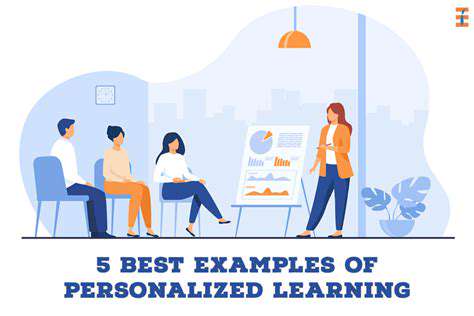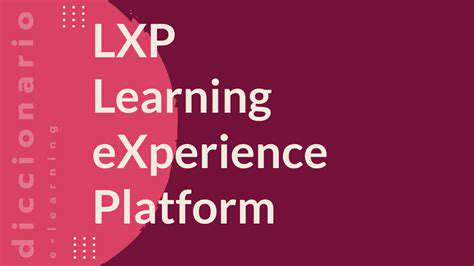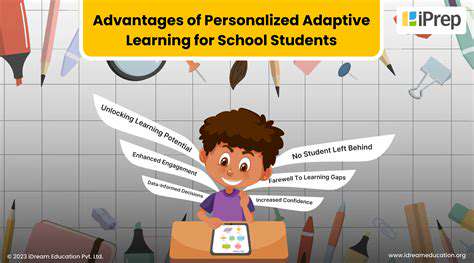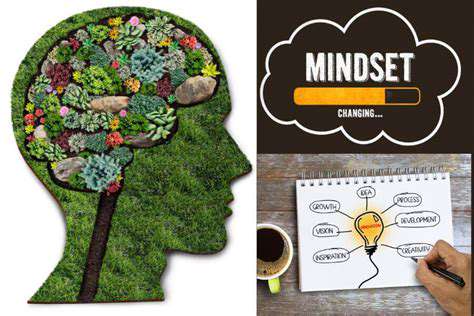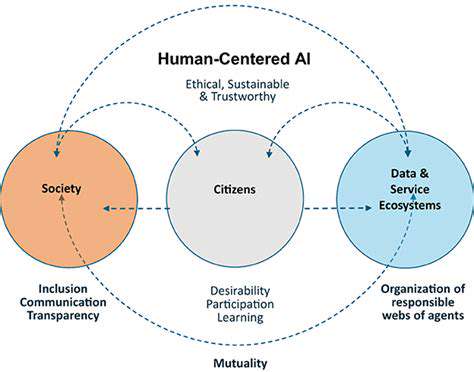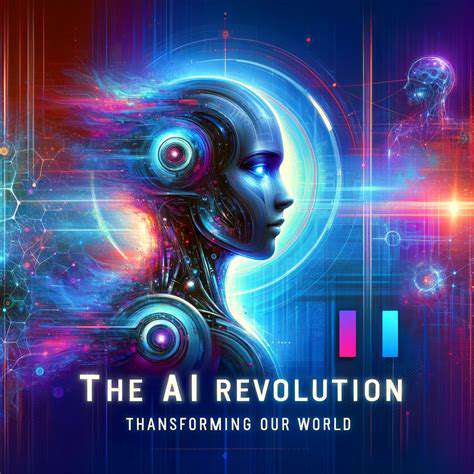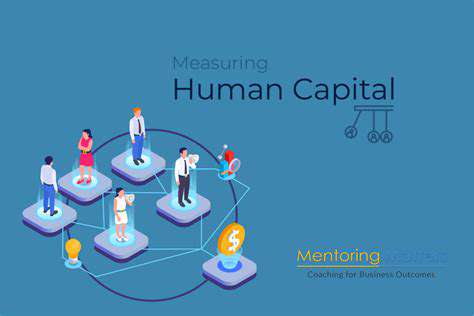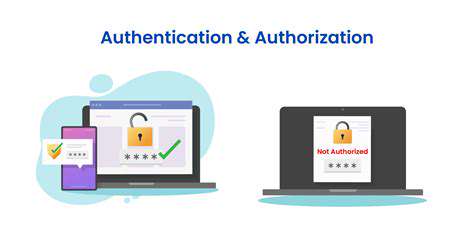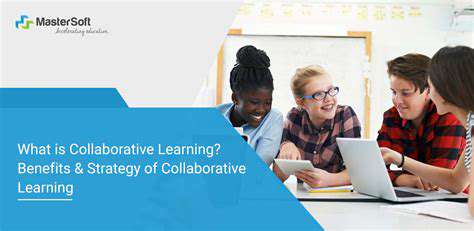Measuring Social Emotional Outcomes in Personalized Learning
Defining Social-Emotional Learning (SEL) Metrics in Personalized Learning
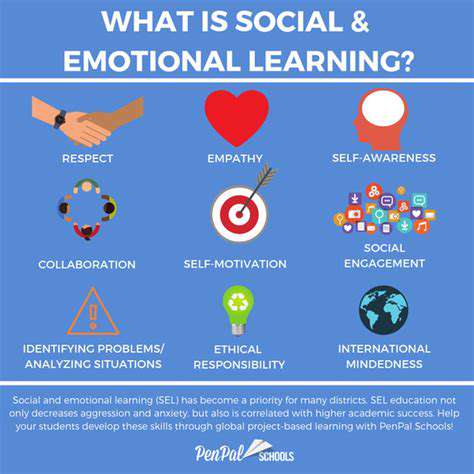
Understanding the Core Concepts
Social-emotional learning (SEL) is a process through which individuals acquire and apply the knowledge, skills, and attitudes necessary to understand and manage their emotions, develop positive relationships, make responsible decisions, and handle challenging situations effectively. This process is crucial for personal well-being and success in all aspects of life, from academic performance to career development and interpersonal relationships. SEL encompasses a wide range of competencies, including self-awareness, self-regulation, social awareness, relationship skills, and responsible decision-making.
One key aspect of SEL is understanding the different emotions that people experience. Identifying and labeling emotions is a fundamental skill that helps individuals to navigate their feelings and understand the feelings of others. Developing emotional intelligence is a significant component of SEL, allowing individuals to recognize, understand, and manage their own emotions and the emotions of those around them.
Key Components of Social-Emotional Learning
A critical element of social-emotional learning is self-awareness. This involves recognizing one's own emotions, strengths, weaknesses, values, and beliefs. Understanding these aspects of oneself allows for better self-management and decision-making. Self-awareness is a cornerstone of personal growth and allows individuals to develop a more accurate understanding of their motivations and behaviors.
Another essential component is self-regulation. This involves managing one's emotions and behaviors effectively, even in challenging situations. It encompasses skills like impulse control, stress management, and the ability to adapt to change. This skill set is crucial for maintaining composure and making sound judgments in demanding circumstances.
Furthermore, social awareness plays a vital role in SEL. This involves understanding the perspectives of others, recognizing and appreciating diverse viewpoints, and being empathetic towards others' experiences. This includes recognizing and understanding how one's own actions affect others.
The Importance of Social-Emotional Learning in Education and Beyond
Social-emotional learning (SEL) is increasingly recognized as a vital component of education. Integrating SEL into school curriculums can benefit students by fostering a supportive and positive learning environment. It can enhance students' ability to focus in class, build stronger relationships with peers and teachers, and make more responsible decisions. Ultimately, it contributes to a more resilient and adaptable student body capable of navigating the challenges of life with greater confidence and success.
Beyond the classroom, SEL skills are essential for navigating the complexities of personal and professional life. These skills equip individuals with the tools to manage stress, build healthy relationships, and make sound decisions, ultimately leading to greater fulfillment and well-being. This translates into more effective communication, conflict resolution, and leadership qualities, positively impacting various aspects of life.
Tailoring Assessment Strategies for Diverse Learners

Tailoring Assessments to Diverse Learning Styles
Effective assessment strategies go beyond simply measuring knowledge; they should adapt to the diverse learning styles prevalent in any classroom. Understanding that students learn in various ways—visually, kinesthetically, and auditorily—is crucial for designing assessments that accurately reflect their comprehension. By incorporating a range of formats, such as visual presentations, hands-on activities, and group discussions, educators can create a more inclusive assessment environment that caters to each student's unique needs and strengths. This approach allows for a more comprehensive evaluation of understanding and helps to identify areas where further support or enrichment might be necessary.
A crucial element in tailoring assessments is recognizing that some students may struggle with traditional paper-and-pencil tests. Offering alternative assessment options, such as projects, presentations, or portfolios, can provide a more accurate representation of their learning and abilities. This flexibility in assessment methods ensures that all students have the opportunity to demonstrate their knowledge and skills in a way that best suits their individual learning preferences.
Adapting Assessments for Different Subject Matter
The specific content and objectives of different subjects dictate the best assessment strategies. For example, a science class might benefit from hands-on experiments and observations, while a language arts class may focus on written assignments and oral presentations. Tailoring the assessment methods to the specific subject matter ensures that the evaluation accurately measures the learning outcomes and skills emphasized in the curriculum.
Understanding the nuances of each subject area allows educators to create assessments that effectively measure students' understanding of complex concepts. For instance, in a history class, analyzing primary source documents and constructing historical arguments could be an effective means of assessment. This approach emphasizes critical thinking and the ability to synthesize information, which are essential skills for a deeper understanding of the subject matter.
Considering the Cognitive Levels of Students
Assessment strategies should also consider the cognitive levels of students. Lower-level assessments might focus on basic recall and comprehension, while higher-level assessments evaluate more complex skills, such as analysis, synthesis, and evaluation. Employing a range of assessment types that target different cognitive levels ensures a more comprehensive understanding of student learning and allows educators to identify areas where students may need additional support or challenge.
By using a combination of recall-based and higher-order thinking assessments, teachers gain a clearer picture of student development. This layered approach allows for a more nuanced understanding of individual student strengths and weaknesses and facilitates instructional adjustments to better meet the needs of each student. It also helps to determine the depth of understanding students have about complex concepts.
Integrating SEL Metrics into Learning Pathways
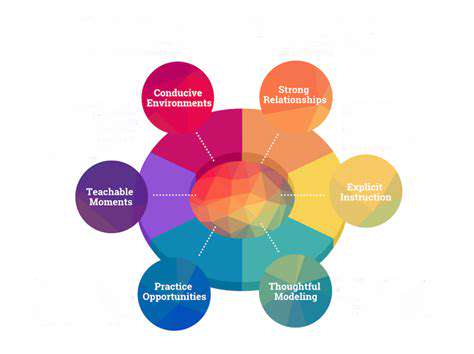
Defining SEL Metrics for Learning
Integrating social-emotional learning (SEL) metrics into learning environments requires a clear definition of what constitutes success in these areas. This involves identifying specific, measurable, achievable, relevant, and time-bound (SMART) goals for students' social-emotional development. These metrics should be aligned with the overall learning objectives and school's mission statement, ensuring a holistic approach to student growth. Defining these metrics upfront provides a concrete framework for evaluating progress and adjusting interventions as needed.
Data Collection Methods for SEL
Implementing a robust data collection process is crucial for accurately tracking SEL progress. This could involve using various methods such as surveys, classroom observations, student self-reflection activities, and parent/guardian feedback. Careful consideration of the ethical implications of data collection is essential, ensuring student privacy and confidentiality are maintained throughout the process. Each method should be chosen with its strengths and weaknesses in mind to gather comprehensive data.
Analyzing and Interpreting SEL Data
Once data is collected, it needs to be analyzed and interpreted effectively. This involves identifying trends, patterns, and areas where students may need additional support. Detailed analysis helps in understanding the specific needs of individual students and allows educators to tailor interventions to address those needs effectively. Qualitative data, such as observations and student reflections, can provide valuable insights into the context surrounding the quantitative data.
Developing SEL Interventions Based on Data
The analysis of SEL data should directly inform the development of tailored interventions. These interventions can range from classroom-based strategies, like social-emotional skill-building activities, to more individualized support, such as counseling or mentoring programs. By identifying areas needing improvement, educators can create targeted interventions, maximizing their impact. This data-driven approach ensures that interventions are relevant to the specific needs of the student body.
Implementing and Monitoring SEL Interventions
Effective implementation of SEL interventions requires clear guidelines and ongoing monitoring. This includes training for teachers and staff on how to deliver interventions effectively and establishing regular check-ins to assess their impact. Consistent monitoring is crucial to evaluate the effectiveness of interventions and make necessary adjustments. This ensures that the interventions remain relevant and effective over time.
Evaluating the Impact of SEL Integration
Regular evaluation of the impact of SEL integration is essential to demonstrate its value and measure its effectiveness. This involves establishing clear benchmarks for student progress and using data to evaluate the impact of the interventions on student outcomes. Quantitative metrics, such as improved test scores or reduced behavioral issues, can provide concrete evidence of SEL program success. Qualitative feedback from students, teachers, and parents also provides valuable insights.
Sustaining SEL Integration in Learning
Sustaining SEL integration in the learning environment requires ongoing commitment and resources. This includes ongoing professional development for educators, building a culture of support and empathy within the school, and securing adequate funding for programs and resources. Creating a culture of social-emotional learning within the school is a long-term commitment, but the benefits for students and the overall learning environment are significant. This involves ongoing communication and collaboration among all stakeholders.
Read more about Measuring Social Emotional Outcomes in Personalized Learning
Hot Recommendations
- The Gamified Parent Teacher Conference: Engaging Stakeholders
- Gamification in Education: Making Learning Irresistibly Fun
- The Future of School Libraries: AI for Personalized Recommendations
- EdTech and the Future of Creative Industries
- Empowering Student Choice: The Core of Personalized Learning
- Building Community in a Hybrid Learning Setting
- VR for Special Education: Tailored Immersive Experiences
- Measuring the True Value of EdTech: Beyond Adoption Rates
- Addressing Digital Divide in AI Educational Access
- Preparing the Workforce for AI Integration in Their Careers
